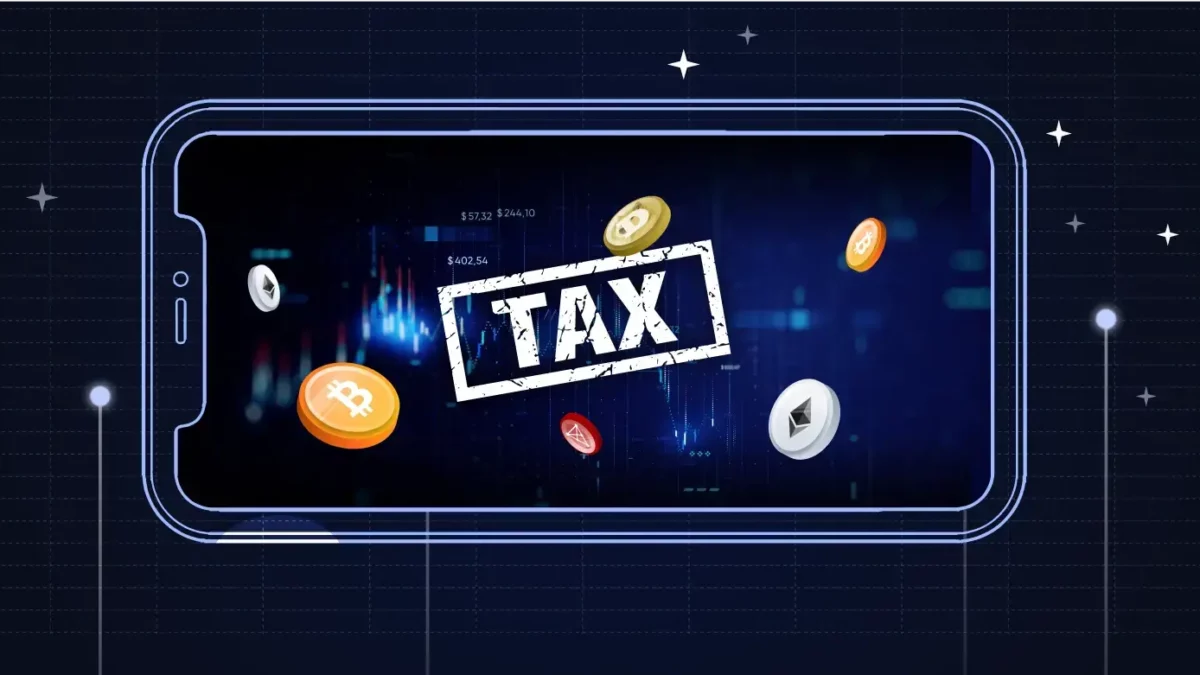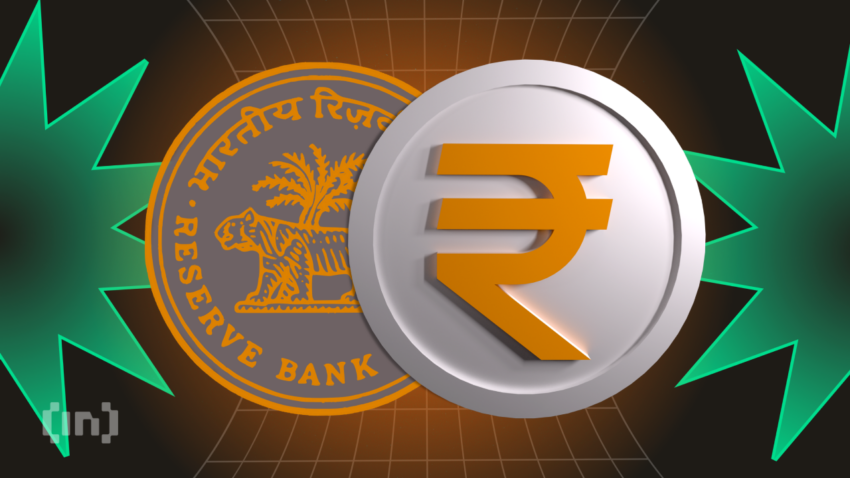Now Reading: Decoding India’s VDA Rules: What Crypto Investors Need to Know About Tax and Regulation
-
01
Decoding India’s VDA Rules: What Crypto Investors Need to Know About Tax and Regulation
Decoding India’s VDA Rules: What Crypto Investors Need to Know About Tax and Regulation

As cryptocurrencies move from hype to mainstream headlines, India’s response has been clear—regulate first, experiment later. Virtual Digital Assets (VDAs), like Bitcoin, Ethereum, and NFTs, are now under the tax lens. For small investors, especially in Tier 2 cities, understanding these rules is crucial before jumping into the crypto pool. Here’s a breakdown of how India is approaching crypto regulation and taxation, and what it means for the average user.
What Are Virtual Digital Assets (VDAs)?
In simple terms, VDAs refer to cryptocurrencies and other digital tokens like NFTs. These are not physical currencies but exist only online, traded through blockchain-based platforms. The Indian government formally recognised this category in 2022, mainly to bring it under a legal and tax framework.
This move doesn’t mean crypto is officially legal or illegal—it’s more of a grey zone, but one that’s now being watched closely.
The Tax Angle: What’s Being Charged
One of the most significant changes came in the form of a 30% tax on profits made from transferring VDAs. This tax applies regardless of whether it’s your full-time income or just a side hustle. On top of that, there’s a 1% TDS (Tax Deducted at Source) on every crypto transaction above a certain threshold.
This means every time you buy or sell crypto, a small percentage is deducted and reported to the government—making crypto investing a lot more transparent.
Impact on Tier 2 City Investors
In cities like Nagpur, Indore, or Jaipur, young investors and small traders were increasingly experimenting with crypto during the boom. The new rules have made people more cautious. While the tax doesn’t prevent investment, it has made crypto less attractive for short-term gains.
The 1% TDS, especially, hits active traders who make multiple transactions daily, as it cuts into potential profits.
Clarity vs Confusion
The regulation has brought some order to a previously unregulated space. However, many issues remain unclear—such as how to classify different types of tokens, whether mining income is taxed differently, or how to claim losses.
For now, most investors are relying on limited guidance and peer knowledge, which creates room for mistakes or misreporting.
Why the Government Is Taking This Path
The cautious approach stems from concerns about illegal transactions, money laundering, and investor protection. Instead of banning crypto, India has chosen to tax and observe. This allows room to study how the market evolves while keeping an eye on financial stability.
The ultimate goal appears to be a regulated ecosystem where only verified platforms and compliant users can operate.
Conclusion
India’s VDA regulation and tax policies are evolving but firm in direction. For regular investors, especially in non-metro areas, the message is clear: don’t ignore the rules. Understand how your profits are taxed, keep records of every transaction, and wait for further clarity as regulations tighten. Crypto might be virtual, but the taxman is very real.

























